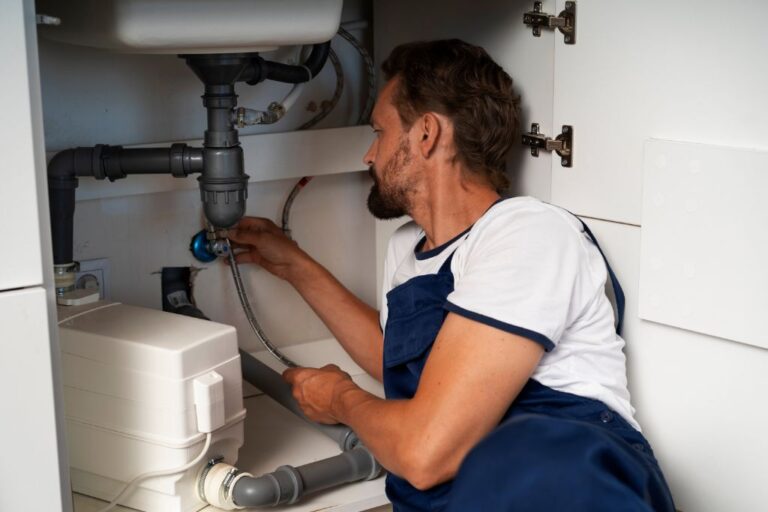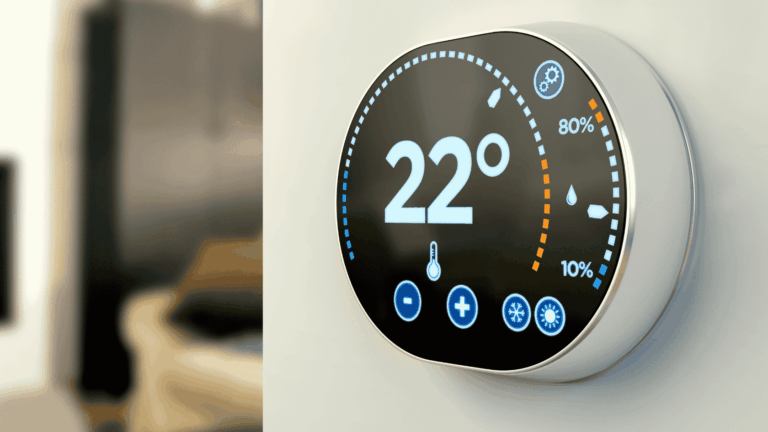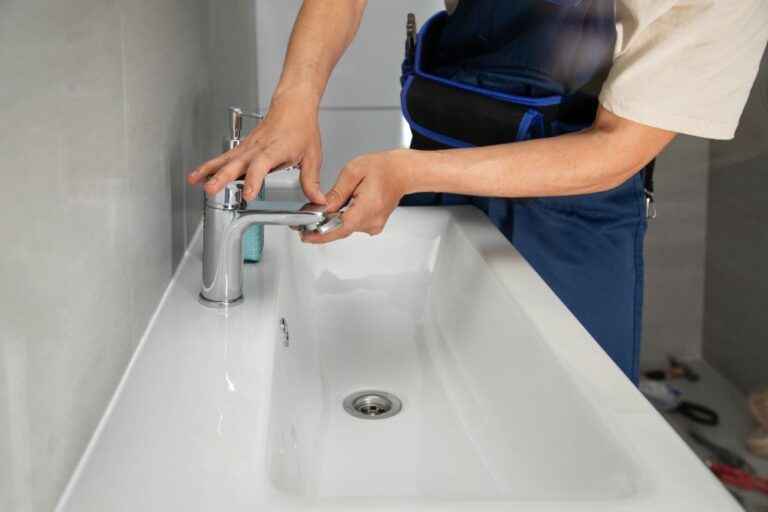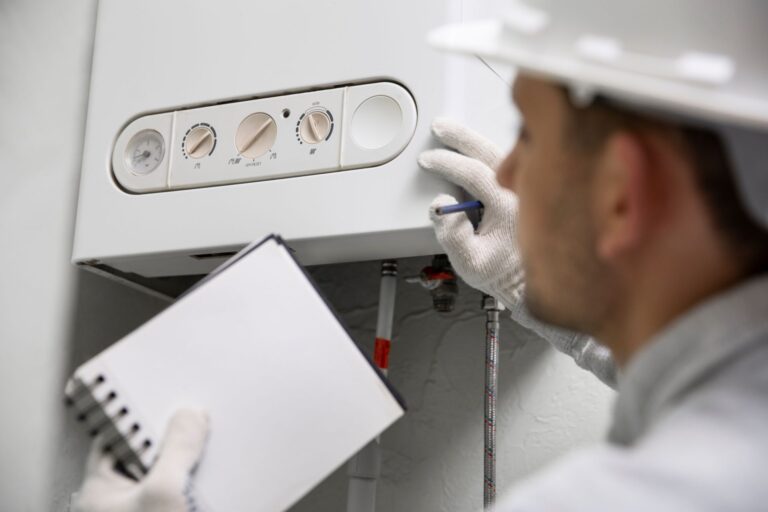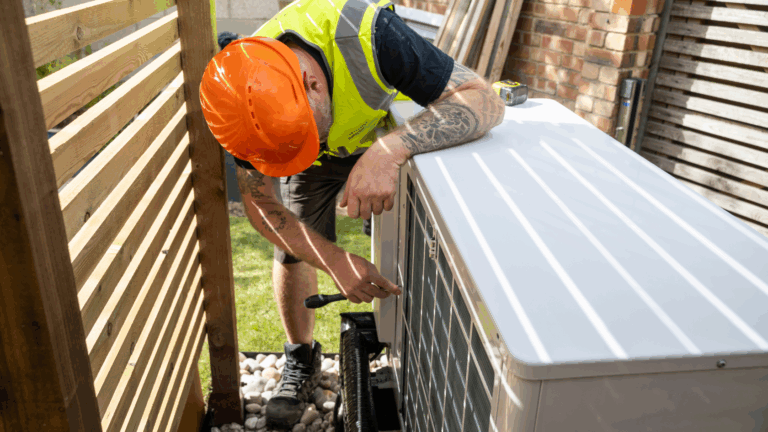When the summer heat is at its peak, the last thing you want is an air conditioner that isn’t cooling your home properly. Whether your AC is blowing warm air, struggling to maintain the set temperature, or running constantly without results, it’s more than just inconvenient, it could be a sign of a bigger issue.
If you’re wondering, “Why is my air conditioner not cooling?” you’re not alone. Many homeowners face this problem during hot weather, and the causes can range from minor maintenance issues to serious mechanical failures. Dirty air filters, low refrigerant levels, thermostat malfunctions, or even a blocked condenser unit can all reduce your AC’s performance.
In this article, we’ll explore the most common reasons your air conditioning system might not be working as it should. You’ll learn how to troubleshoot common AC cooling problems and when to call a professional HVAC technician for help. Whether you’re dealing with reduced airflow, strange noises, or an AC that won’t turn on, this guide will help you get your cooling system back on track quickly and efficiently.
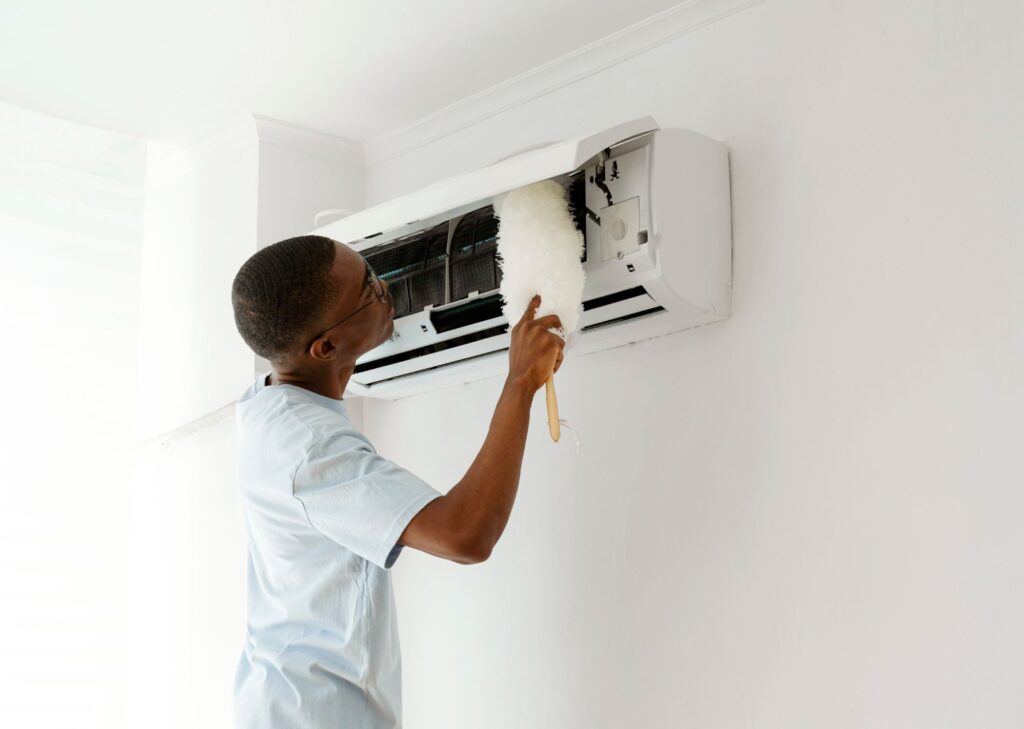
1. Dirty Air Filter
One of the most common reasons an air conditioner stops cooling properly is a dirty or clogged air filter. When filters are packed with dust, pet hair, and debris, they restrict airflow throughout your HVAC system. This reduced airflow forces your AC to work harder, decreases cooling efficiency, and can eventually cause your evaporator coil to freeze, leading to even bigger problems.
Signs of a dirty filter:
- Weak airflow from vents
- Increased energy bills
- Dust buildup around your home
- Frequent AC cycling
Solution:
Check your air filter monthly and replace it every 1–3 months, depending on usage, indoor air quality, and whether you have pets or allergy sensitivities. This small maintenance step can significantly improve your air conditioner’s performance and lifespan.
2. Thermostat Issues
If your air conditioner isn’t cooling properly, the problem might not be with the AC unit itself, but with the thermostat, the device that controls when and how your system operates. A malfunctioning, outdated, or incorrectly programmed thermostat can easily prevent the AC from turning on, cycling correctly, or maintaining the desired indoor temperature.
Common thermostat problems:
- Set to “heat” instead of “cool”
- Dead or low batteries
- Faulty temperature sensor
- Poor placement (e.g., near sunlight or vents)
Solution:
Double-check that your thermostat is set to “cool” mode and a temperature lower than the current room temperature. Replace the batteries if needed. If your thermostat is outdated, consider upgrading to a programmable or smart thermostat, which offers more precise temperature control, energy savings, and remote access.
3. Refrigerant Leak or Low Refrigerant Levels
Your air conditioner relies on refrigerant to absorb heat from inside your home and release it outside. If the refrigerant level drops due to a leak or improper charging, your AC won’t be able to cool the air effectively. You might notice longer cooling cycles, warm air from vents, or ice forming on the evaporator coils, all signs of a potential refrigerant problem.
Common signs of low refrigerant or a leak:
- AC blowing warm or lukewarm air
- Hissing or bubbling sounds near the unit
- Ice buildup on refrigerant lines or coils
- Higher energy bills with less cooling
Solution:
This is not a DIY fix, handling refrigerant requires EPA certification and specialized equipment. Call a licensed HVAC technician to inspect your system for leaks, perform any necessary repairs, and recharge the refrigerant to manufacturer specifications. Continuing to run your AC with low refrigerant can lead to compressor damage, which is a costly repair.
4. Blocked or Leaky Ducts
Your air conditioning system depends on ductwork to deliver cool air throughout your home. If those ducts are leaking, disconnected, or clogged with debris, much of that cooled air can escape before it reaches your living spaces—making it feel like your AC isn’t doing its job. In fact, the U.S. Department of Energy estimates that up to 30% of cooled air can be lost due to leaky ducts in a typical home.
Warning signs of duct issues:
- Uneven temperatures between rooms
- Weak airflow from certain vents
- Excess dust around vents or registers
- Higher energy bills without improved cooling
Solution:
Inspect visible ductwork in areas like attics, basements, or crawlspaces for holes, disconnected joints, or dust buildup. Use metal-backed tape as a temporary fix for minor leaks, but for long-term efficiency, it’s best to schedule a professional duct inspection and sealing service. Sealing your ducts properly improves airflow, boosts system efficiency, and enhances indoor comfort.
5. Dirty Condenser Coils
Your AC system’s condenser unit, located outside your home, plays a crucial role in releasing the heat absorbed from your indoor air. Over time, the condenser coils can become coated with dirt, grass clippings, leaves, and other debris. When these coils are dirty, the system has to work harder to expel heat, reducing your air conditioner’s cooling efficiency and potentially leading to overheating or system failure.
Signs of dirty condenser coils:
- Warm air blowing from vents
- AC running longer than usual
- Reduced overall cooling performance
- Higher-than-normal energy bills
Solution:
Turn off power to the AC unit at the breaker before cleaning. Use a garden hose (on a low-pressure setting) to gently rinse away dirt and debris from the condenser coils. Be sure to avoid using a pressure washer, which can bend or damage the delicate aluminum fins. For more thorough cleaning or heavily soiled coils, consider scheduling professional HVAC maintenance.
6. Undersized AC Unit
If your air conditioner is too small for the square footage of your home, it will struggle to keep up with cooling demands—especially during extreme heat. An undersized system may run continuously, yet still fail to maintain your desired indoor temperature, leading to discomfort and higher energy bills. Over time, this constant strain can also shorten the lifespan of the unit.
Common signs your AC is undersized:
- AC runs almost nonstop without cooling effectively
- Uneven cooling or hot spots in different rooms
- High humidity levels indoors
- Elevated energy usage without improved comfort
Solution:
Have a licensed HVAC contractor perform a Manual J load calculation, which takes into account factors like your home’s size, insulation, number of windows, ceiling height, and sun exposure. Based on the results, they can determine whether your AC unit is properly sized. If it’s too small, you may need to upgrade to a larger system or consider zoning your home to improve cooling efficiency.
7. Tripped Breaker or Blown Fuse
If your AC is running but only blowing warm air, the issue might be electrical. In many cases, a tripped circuit breaker or blown fuse can cut power to the outdoor condenser unit, while the indoor fan continues to run. Since the condenser is responsible for cooling the air, your system will push uncooled air through the vents, making it seem like your AC isn’t working.
Signs of an electrical issue:
- Indoor fan runs but air feels warm
- AC suddenly stops working after a storm or power surge
- Breaker trips repeatedly when the AC is running
- Outdoor unit isn’t making any noise or showing signs of activity
Solution:
Check your home’s electrical panel to see if the breaker for your AC has tripped. If so, reset it. If the breaker continues to trip, or if there’s a blown fuse, avoid repeated resets and contact a licensed HVAC technician or electrician. Frequent tripping can be a sign of deeper electrical problems, such as faulty wiring, compressor issues, or a failing capacitor.
8. Compressor Problems
The compressor is the core component of your air conditioning system, it circulates refrigerant between the indoor and outdoor units to facilitate heat exchange. If the compressor becomes damaged or starts to fail, your AC may still run but won’t produce cool air. In severe cases, the system may not turn on at all. Because the compressor handles a heavy workload, it’s one of the most common parts to wear out over time, especially in older or poorly maintained systems.
Signs of compressor issues:
- AC runs but doesn’t cool the house
- Loud noises (clanking, rattling, or hissing) from the outdoor unit
- System trips the breaker frequently
- Outdoor unit vibrates excessively or won’t start
Solution:
Compressor problems require professional HVAC diagnosis and repair. In some cases, the issue may be due to electrical faults, a bad capacitor, or internal mechanical failure. If the compressor is beyond repair, especially in units over 10–12 years old replacing the entire AC system may be more cost-effective than replacing just the compressor.
Get Your Cooling Back on Track
Don’t sweat it, when your air conditioner isn’t cooling properly, the experts at Steve & Weber Plumbing & Heating are here to help. With fast, reliable HVAC diagnostics and repairs, we’ll get your home feeling cool and comfortable again in no time.
Call us today at 518-201-0948 or Schedule an Appointment Online to restore your AC’s

